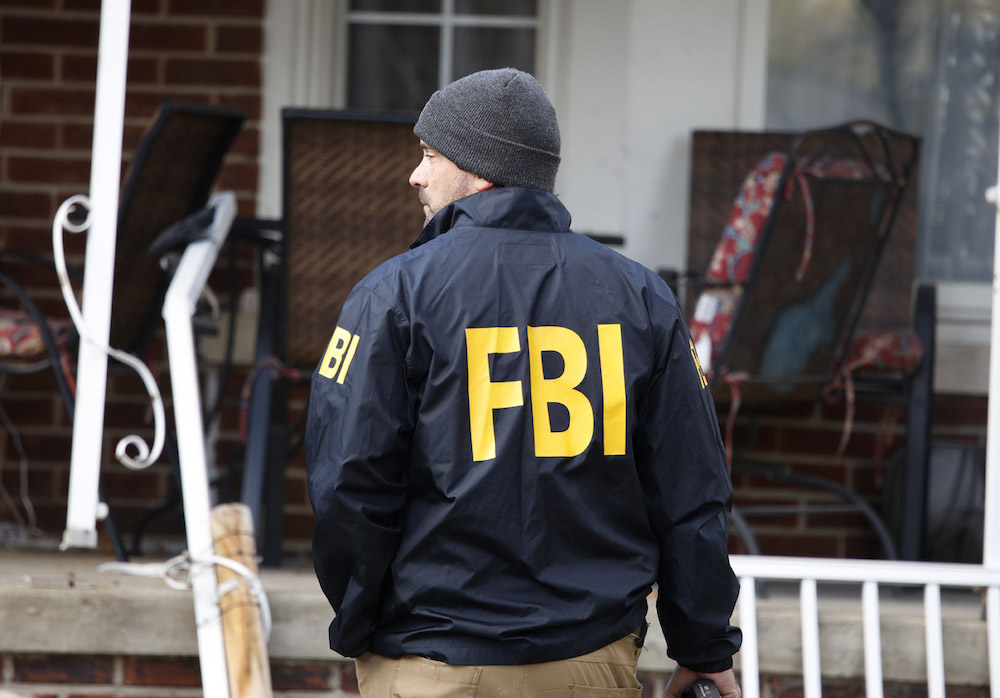By Steve Neavling
An internal memo from CBP reveals that nearly one-third of the surveillance cameras along the U.S.-Mexico border are currently inoperable, raising serious concerns about the effectiveness of border security.
The issue, which affects multiple CBP agencies, has sparked worry among Border Patrol agents about their ability to monitor and respond to border activity effectively, KGNS reports.
Hector Garza, president of the National Border Patrol Council in Laredo, expressed the concerns shared by agents, particularly regarding the surveillance towers.
“We’ve learned that many cameras along the border are inoperable. There are significant concerns with the contractor and the agency responsible for servicing these camera towers,” Garza said.
Surveillance cameras are a critical tool for monitoring illegal crossings and drug smuggling at the border. According to reports, roughly 150 out of 500 cameras nationwide are not functioning.
Garza stressed that the lack of operational cameras compromises agent safety and hampers their ability to respond.
“The Laredo sector is one of those areas where we do have inoperable cameras. There is some significant improvement; however, the issue remains,” he said.
While efforts are being made to repair the cameras, the timeline for fully resolving the problem remains uncertain.
U.S. Rep. Henry Cuellar, D-Texas, voiced his frustration with the situation, noting that maintenance is a key issue.
“They are the latest cameras that we have; we put a lot of money into it,” Cuellar said. “The problem is the maintenance part of it. We can have a good camera, but if you don’t have the maintenance, then it doesn’t work. And for some reason, Homeland Security decided to put this contract under the FAA.”
The Federal Aviation Administration (FAA) is currently responsible for maintaining the cameras. In a recent memo, the FAA acknowledged internal difficulties in meeting the needs of Border Patrol agents.
A CBP spokesperson told KGNS that many of the cameras are reaching the end of their planned lifecycle and require significant maintenance or upgrades. The agency is working to resolve the issue, either by updating camera optics or replacing outdated systems entirely.






